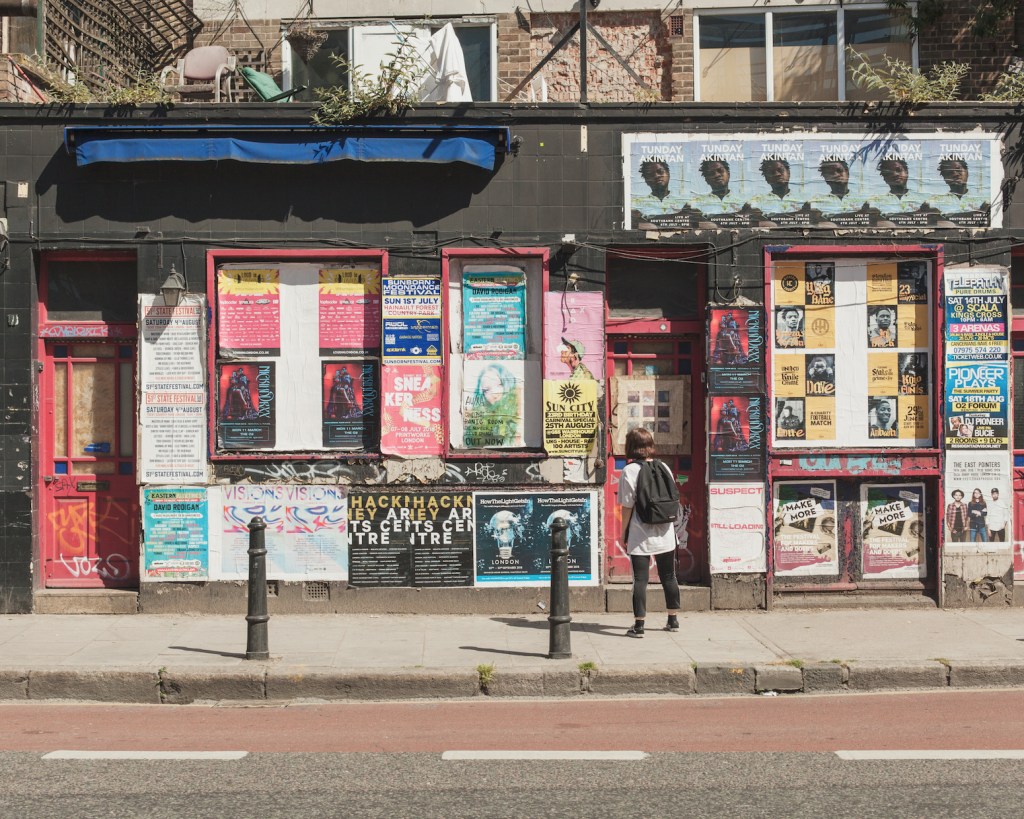When other people talk about their teenage years in Britain, they paint a picture of WKD and park benches, of driving besides fields at night with happy hardcore on the speakers, of desperately wanting to escape the confines of their seaside town to go to art school and/or meet another queer person who isn’t their mum’s mate Sue – the one with the bleached tips who works at the Co-op.
When I think about my teenage years, there are no romantic stories about smoking weed on the beach or wanting to burst out of shit-town. There isn’t even really a definable beginning or end. I just close my eyes and picture crammed buses and off licences and other people’s flats. I think of club closures and high rises being smashed into rubble. Of anonymity alongside a lot of freedom.
Videos by VICE
In some ways, nothing has changed since then. But also, everything has.
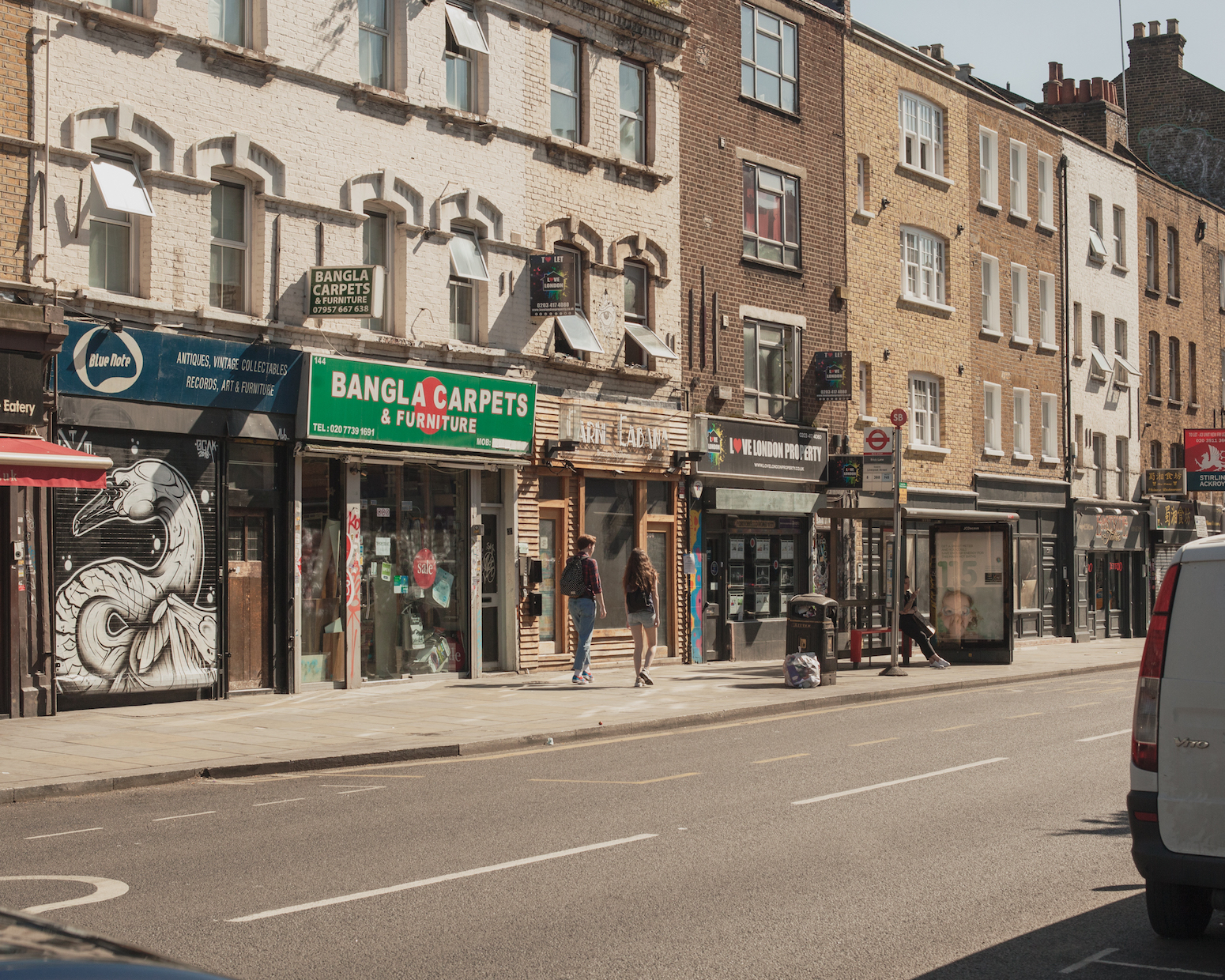
My mum and I moved to London when I was seven years old, and we lived in six different flats and one boat until I moved out. My formative years – the ones I remember the most – were spent in east London, not far from where the VICE office is now, and not far from where I currently live. I’m calling it “Hackney” for the sake of clarity, but what I’m referring to is that cluster of areas that make up the borough: Hackney, Clapton, Bethnal Green and Shoreditch.
I went to school in Haggerston and worked at a clothes shop on Brick Lane for six years. By the time I was 15, I had a slightly affected cockney accent and the postcode “E2” Tippexed onto my school bag. If you’d asked me at that age where I wanted to live in ten years time, I would have said “here, obviously” – and incidentally, that’s what happened.

In 2007 – and I’m starting at 2007 because it feels like a turning point in the area’s history – east London was a different place. There were no supermarkets on Hackney Road. There were no food stalls on Brick Lane. There were no Prets or Subways dotting every street corner. Shoreditch High Street station was still three years from fruition – it was just a neat square of dry soil – and Boxpark was unimaginable. The Joiners Arms was still open. As was The George & Dragon. As was Plastic People.
These days, we think of Shoreditch as this slick, bustling area, where yuppies congregate for after-work beers and influencers consume vegan food. But back then it was a mishmash of Bangladeshi families, old East End market workers and young LGBTQ clubbers in creepers and hi-top fades. It is obviously still all of those things, and more, but its central identity has shifted. If there’s one thing I’ve learned from growing up around here, it’s that nothing remains the same.

I don’t remember much about school, other than it was a big grey building surrounded by a wire fence, and that you couldn’t knock it down. Apparently it was designed by a guy called Ernő Goldfinger – a largely unpopular modernist architect responsible for some of the more imposing tower blocks in the area – and that made it Grade II listed.
Vibes-wise, it was a mixture between a very comfortable women’s prison and a particularly inconsequential episode of Eastenders. The playground was a section of concrete covered in crushed chips and squished gum, and my most prominent memory is of a dinner lady stomping on some cockroaches and watching their eggs splatter across the turquoise floor while we screamed that you aren’t supposed to do that because they’ll spread.
The friends I met there were important to me, but the place never formed a lasting impression, and my head was often elsewhere.
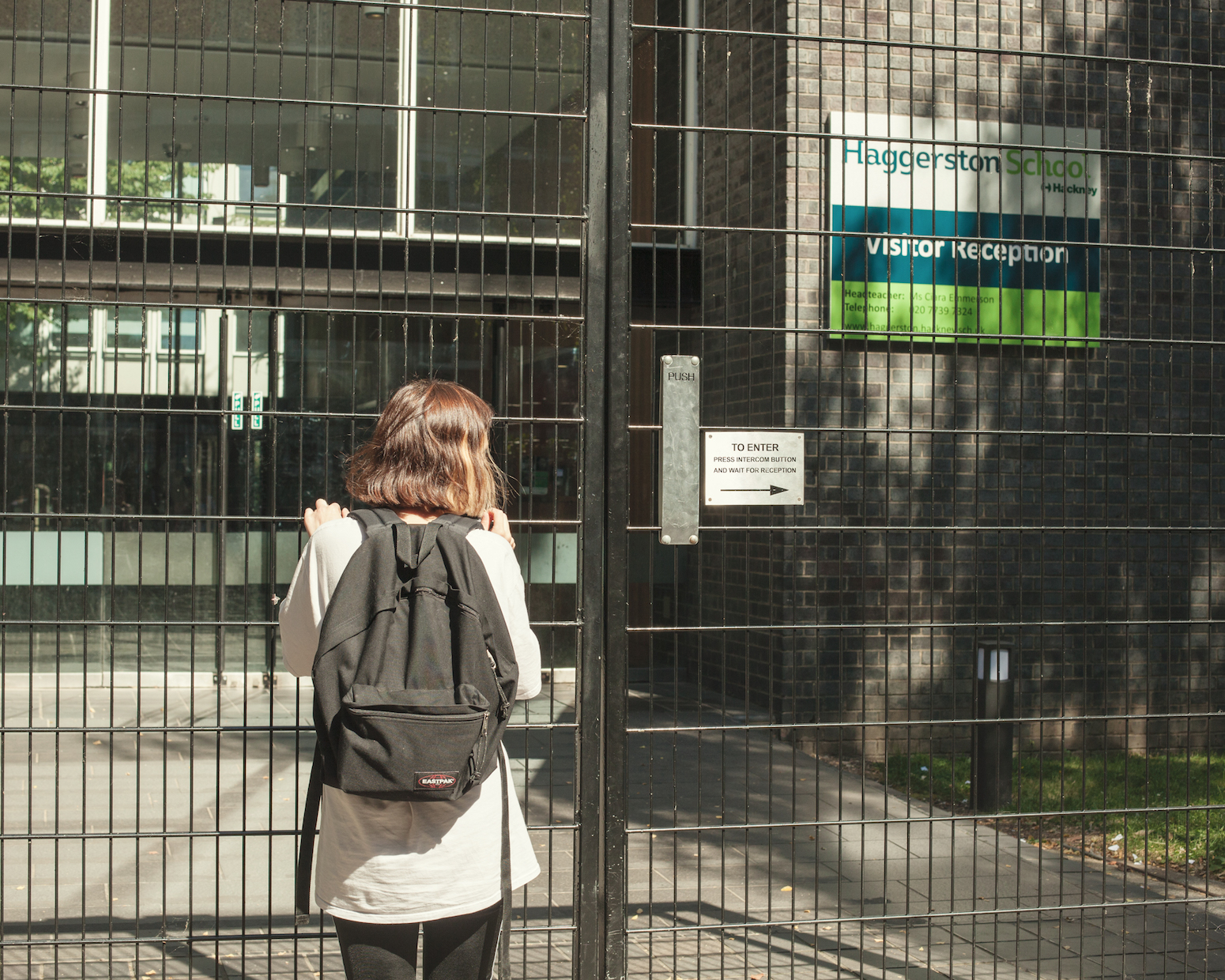
Some of my most valuable teenage experiences, though, can be traced back to Hackney Road, which runs parallel to that school. My first time in a gay club: beneath the dull, candy-pink lights of The Joiners Arms, back when the door policy was essentially non-existent and you could dance to Americana-era Bowie until they kicked you out at 4AM.
My first ever pill: huddled outside the Mecca Bingo Hall, shivering in fishnets, eyes like big black buttons. My first taste of heartbreak: crying down a Blackberry phone and then sitting cross-legged on the pavement at midnight with my head in my hands. This is a place I marched the length of at various hours for years, furiously smoking roll-ups and downing sugary drinks until I realised that it wasn’t good for my health. Everyone probably has a street like this – one that subtly shakes with the memories of all that came before it – and for me it’s Hackney Road.
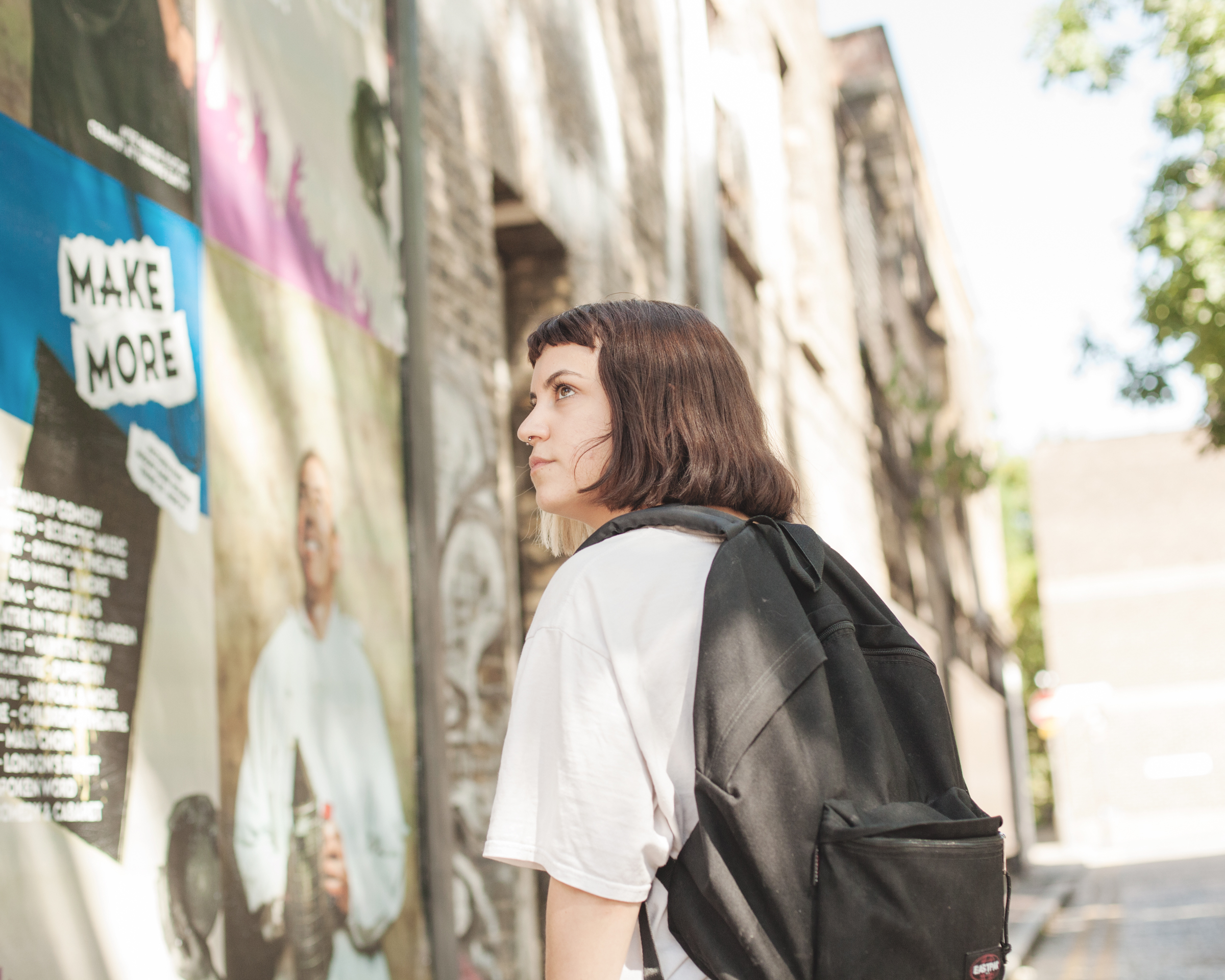
Even so, I don’t feel particularly nostalgic or even connected to the area when I walk back down it for the purpose of this piece – perhaps because I still live nearby, in Dalston, or maybe because so much of it has changed. A line of shiny new supermarkets and unfamiliar coffee shops have appeared since then. The Joiners Arms has been firmly boarded up since 2015 – although five minutes up the road is now The Queen Adelaide (which honestly is the closest queer club I’ve been to that even slightly embodies the former’s energy.) That Bingo Hall is long gone. The day I show up, in fact, it’s literally being pummelled into the ground by multiple bulldozers.
These aren’t changes I think about negatively – that would be absurd; the area was changing long before I arrived – but they do reflect a place whose essence is constantly rearranging itself, like a coral reef at the bottom of the sea.

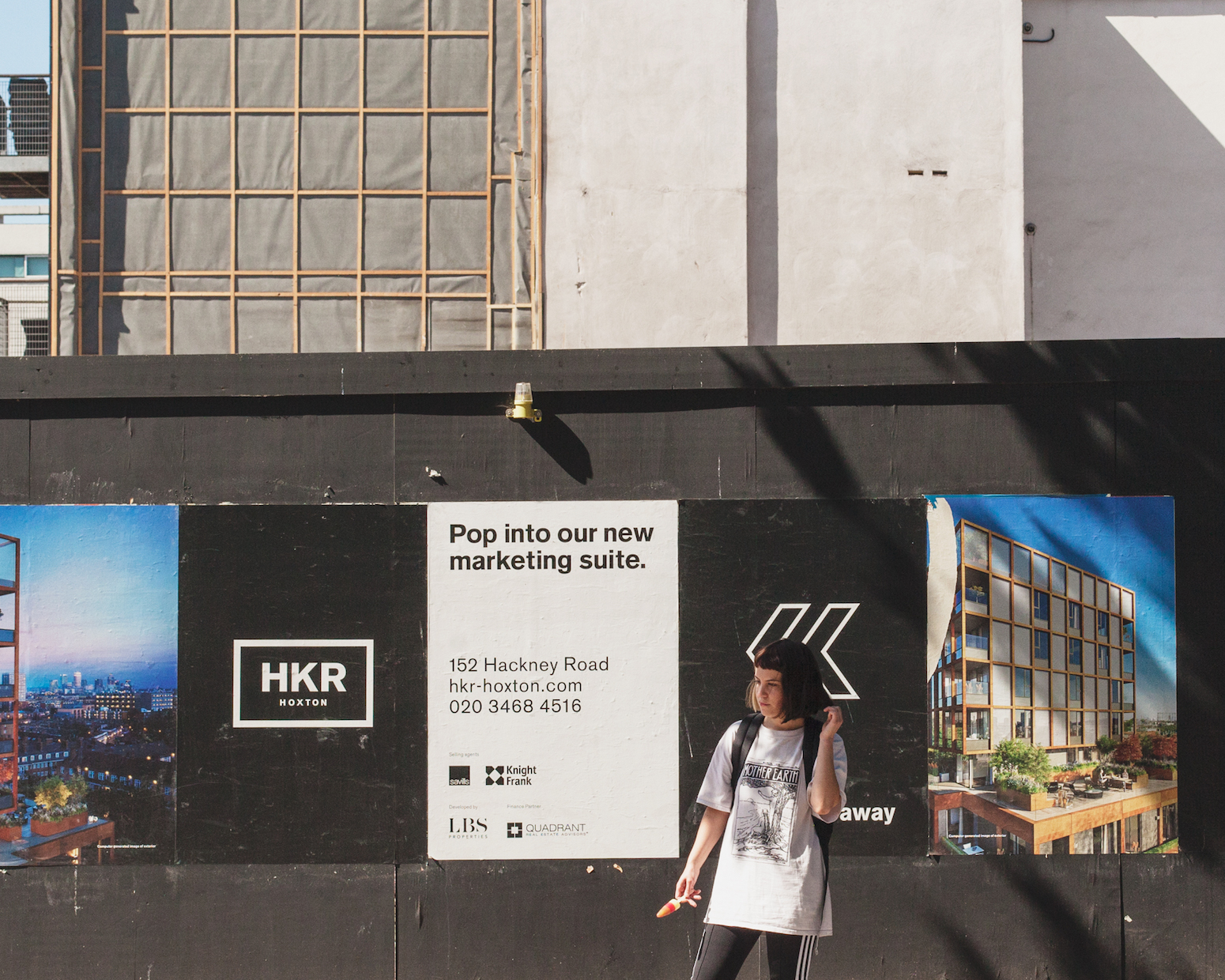
And then there’s Brick Lane, which is a whole entity unto itself. From the outside, it looks like your average East End hub, where people go to buy vintage clothes and smoke shisha. Lean in closer, though, and clues about its cultural history are everywhere. Each road sign that leads off it has a Bengali translation below, reflecting the wave of Bangladeshi people who immigrated there in the 1970s. Before then, it was a primarily Jewish and Irish area, which is why some of the gates nearby feature the Star of David.
By the time I lived there, decades later, it was an amalgamation of all these things. Nights would begin at BYOB curry houses and end at 3AM, beneath the yellow glare of the 24-hour Beigel Bake, drinking cans outside while mates fumbled in their purses for a few quid to buy a salmon and cream cheese bagel. Until recently, I hadn’t been back for years, but everyone knows these are the best bagels in the UK, and the day the Brick Lane bakeries close is the day London finally burns to the ground.
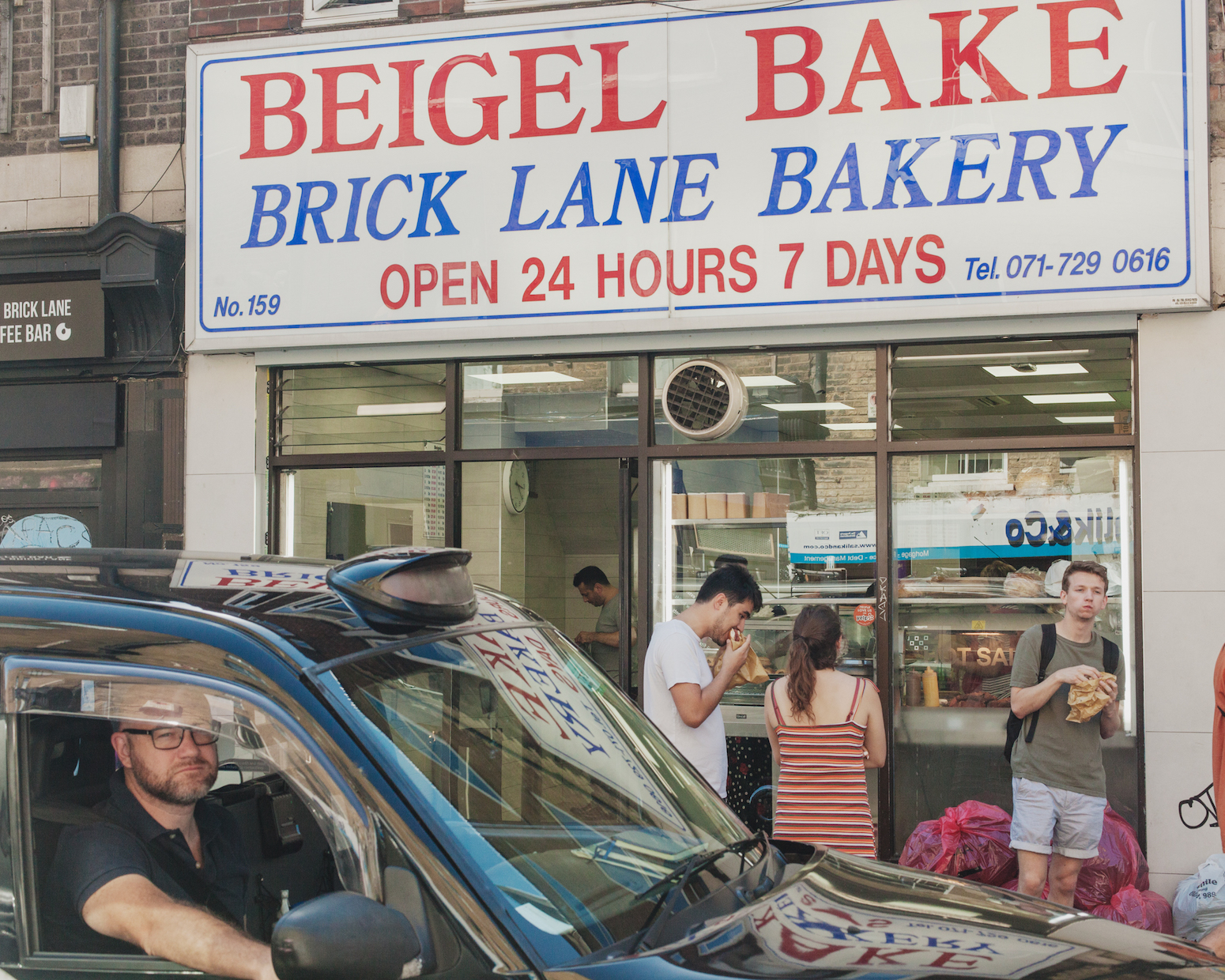
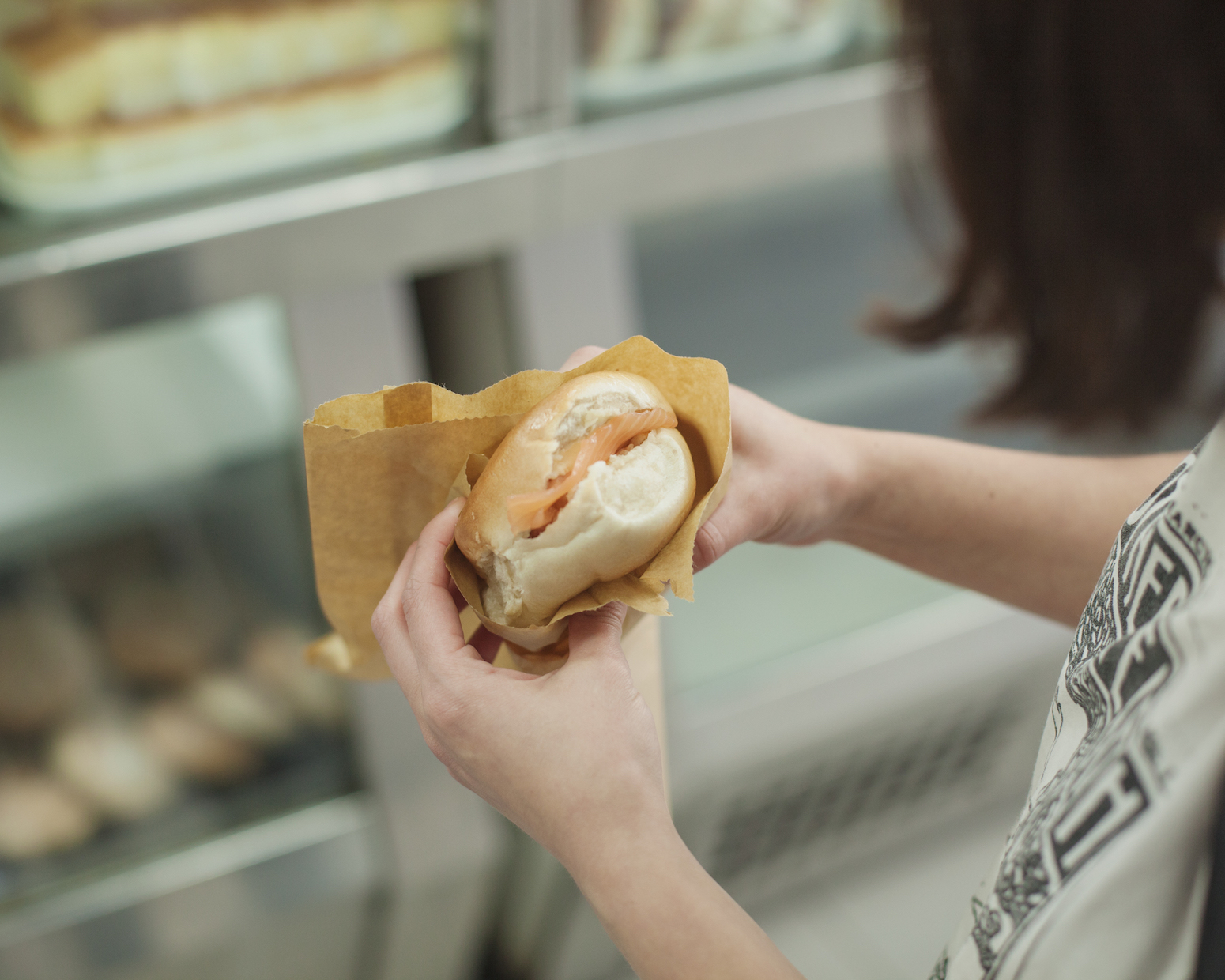
It feels weird going back to these places with a photographer, because I feel like I don’t know where to take him. Growing up in London – for me, at least – was never a static thing. There was never one crucial spot. By nature, it’s a sprawling creature, constantly moving around you. When we walk through the streets for these photographs, it feels as if we should be heading towards a single destination, but it’s hard to explain that this is the destination. It’s right here.
That said, we do pop into the local pharmacy that first pierced my ears in their backroom when I was 14. We do venture down the alleyway where, at 15, some random girl punched me in the hope I might punch back. I do peep into the window of my old house, now apparently occupied by two middle-aged men intently watching football. And when we walk through to Bethnal Green, I can feel all my previous crushes and conversations and comedowns – the kind I thought might last longer than they did – hanging in the air like pollution from the passing cars.

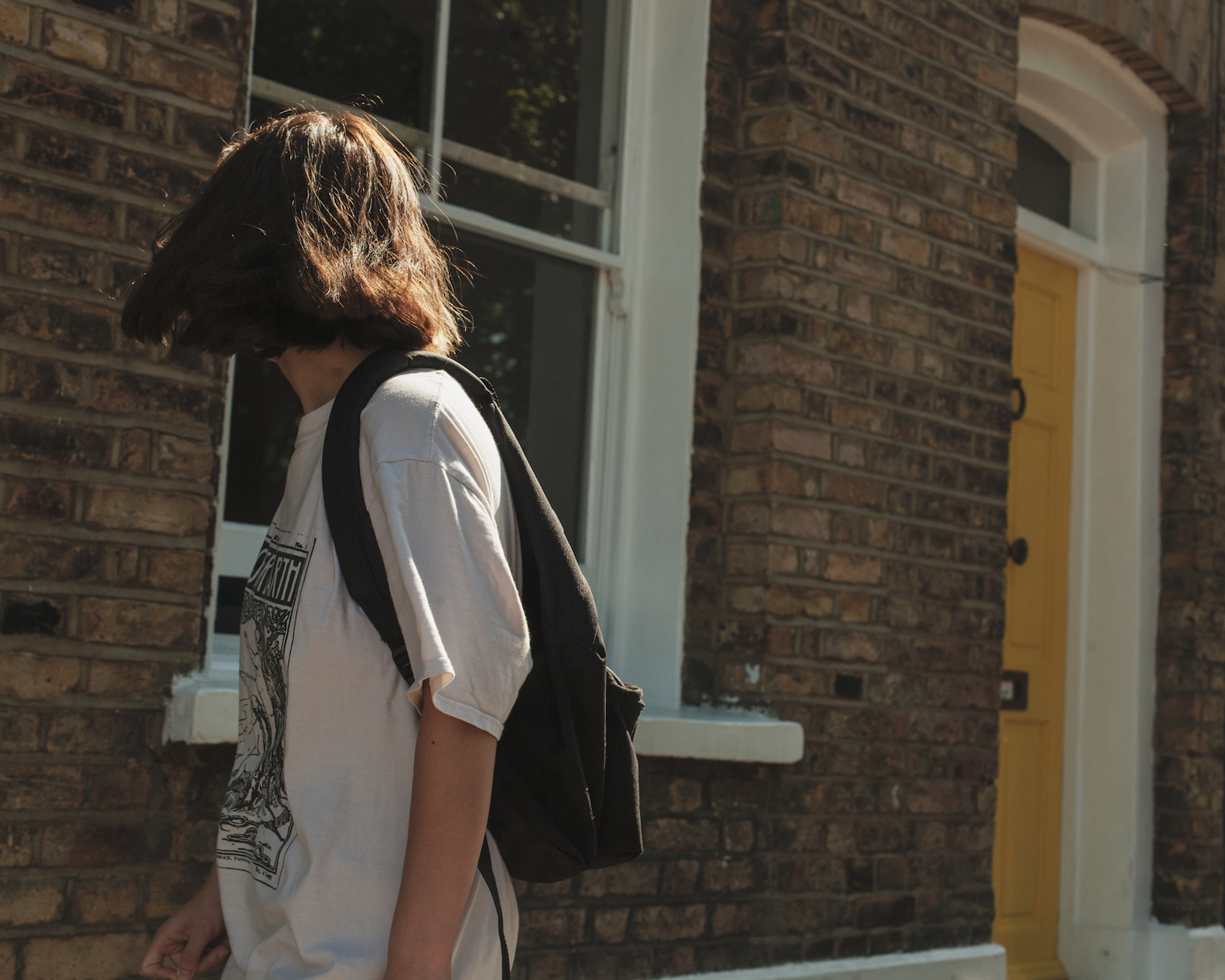
By the time it was 2012, east London had become too expensive to rent anywhere half decent, so me and mum got out of there. I went to Goldsmiths to forge a new life as a south-east resident, before eventually getting sick of spoken word poetry nights and men in berets asking if I’d “heard of a band called Pavement”, and gravitating back towards here as an adult.
Now, most of these old memories have been replaced by new ones. Walking through Hackney, for instance, no longer conjures up the image of being 17 and dry shampooing vomit out my home-dyed hair after buying off-colour drugs from a tiny bearded man at The Castle. Instead, it just makes me think of walking to work on spring days, and having coffee in the morning, and all the ways my life has been up and down since then; all the new people who have become important and those whose numbers I’ve lost over the years.
East London can be brilliant, but it can also be shit. I’d love to move away someday, but there’s a high chance I’ll still be here when I’m old and really, really wrinkled, reminiscing about The Joiners and moaning about whatever happened to the Bingo Hall.
